Enhancing Cardboard Disposal for a Greener Future
Posted on 29/09/2025
Enhancing Cardboard Disposal for a Greener Future
Cardboard is everywhere. As online shopping and commercial packaging skyrocket worldwide, so too does the mountain of packaging waste--mainly cardboard--that we generate every day. Enhancing cardboard disposal is no longer just an environmental buzzword; it's a critical mission. A sustainable future hinges on how we manage, process, and recycle these seemingly harmless brown boxes.
Why Proper Cardboard Disposal Matters
It's tempting to toss a cardboard box into the bin and forget about it. However, cardboard disposal carries immense environmental implications. Understanding these stakes can empower individuals, communities, and businesses to take relevant actions towards a greener future.
- Reduces Landfill Waste: Cardboard that ends up in landfills accounts for significant methane emissions as it decomposes anaerobically.
- Saves Resources: Recycling cardboard saves trees, water, and energy compared to creating new material from raw resources.
- Cuts Down Pollution: Efficient cardboard recycling reduces air and water pollution caused by manufacturing new cardboard products.
- Promotes Circular Economy: Correctly disposed and recycled cardboard encourages the reuse of materials in new products.
Environmental Impact of Cardboard Waste
Cardboard is biodegradable, but that doesn't automatically make improper disposal harmless. In fact, the EPA estimates that corrugated cardboard represents over 12% of municipal solid waste. When not disposed of responsibly, cardboard contributes to landfill overcrowding and increased greenhouse gas emissions. Enhancing cardboard waste management is, therefore, a vital step in safeguarding our planet's health.
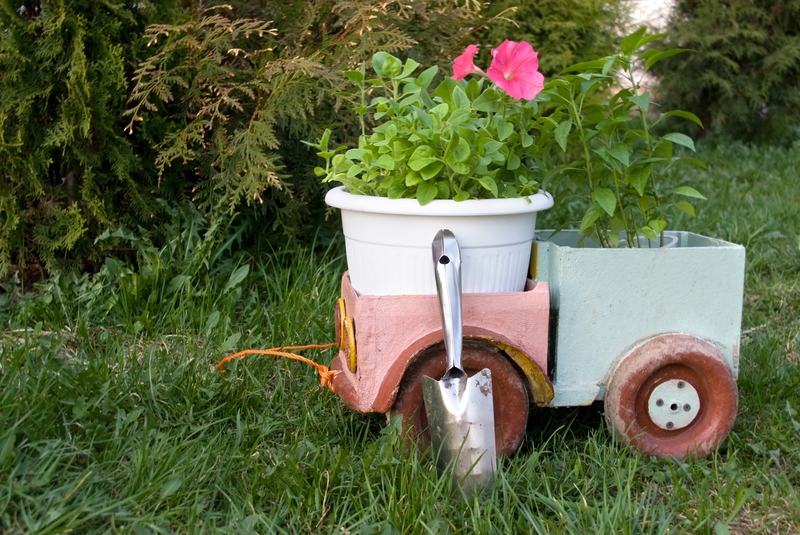
Current Methods of Cardboard Disposal
To optimize cardboard disposal for a greener future, understanding today's prevailing methods is essential. Each method has its own environmental footprint and effectiveness.
- Landfilling: The least desirable option, leading to resource waste and emissions.
- Incineration: Cardboard is sometimes burned to generate energy but can release pollutants if not managed correctly.
- Recycling: The preferred method, allowing for material recovery and reuse.
- Composting: Certain types of untreated, ink-free cardboard can be composted, aiding soil enrichment.
Limitations of Current Practices
Despite recycling's benefits, various challenges hamper the process:
- Contaminated cardboard (with food, oil, or liquids) is often rejected by recycling plants.
- Improper flattening and preparation increase transportation costs and labor for recycling centers.
- Lack of public awareness leads to more cardboard in landfills than necessary.
Innovative Strategies for Enhanced Cardboard Disposal
Enhancing cardboard disposal involves a combination of advanced technologies, community initiatives, and changes in consumer and manufacturer behaviors. Let's explore the solutions paving the way to a more sustainable future.
Enhanced Cardboard Recycling Programs
- Curbside Recycling Expansion: Municipalities can improve accessibility by offering more frequent or better-advertised curbside cardboard collection services.
- Educational Campaigns: Informing the public on how to properly dispose of and prepare cardboard for recycling is crucial. _Did you know cash register receipts and greasy pizza boxes should be kept out of recycling bins?_
- Business Engagement: Commercial and industrial sectors often generate the most cardboard. Mandating or incentivizing recycling at this level can make a huge impact.
Technological Advancements in Cardboard Processing
- Automated Sorting: Use of AI-powered machines to detect and separate non-recyclable and contaminated cardboard, improving processing yields.
- Cleaner Pulping Technologies: Modern recycling plants use water-efficient and chemical-free pulping systems, reducing waste and pollution.
- Smart Bins: IoT-connected bins alert collection services when full and educate users on proper disposal practices, improving efficiency.
Reducing Cardboard at the Source
The greenest cardboard is the one never produced. Minimizing cardboard use plays a pivotal role in a truly sustainable system:
- Packaging Redesign: Companies can innovate with smaller, reusable, or alternative-material containers to reduce demand for single-use cardboard.
- Reusable Solutions: Encouraging suppliers and consumers to use reusable totes and boxes for shipping can dramatically lessen waste.
- Consumer Choices: Choose to buy in bulk, support brands with eco-friendly packaging, and reuse cardboard where possible.
Community and Individual Actions to Enhance Cardboard Disposal
Everyone has a role to play in achieving a greener future through waste reduction and proper disposal. Here's how you, your neighborhood, and your company can make a difference.
How Homeowners Can Improve Cardboard Disposal
- Break Down and Flatten Boxes: This simple step allows for more efficient transport and processing at recycling centers.
- Keep It Clean and Dry: Remove all packing materials and keep cardboard away from food waste or liquids.
- Repurpose When Possible: Use boxes for storage, moving, arts and crafts, or share them for reuse by local businesses or individuals.
- Learn Local Rules: Many mistakes happen due to a lack of knowledge about local recycling guidelines. Look up what's accepted in your area.
Community-Wide Cardboard Collection Drives
Organized drives not only keep more cardboard out of landfills but also raise awareness and community spirit.
- Partner with Local Authorities: Volunteers can assist in special recycling events to collect large volumes of cardboard efficiently.
- Schools and Nonprofits: Youth education programs and charity collections can incentivize recycling while supporting good causes.
Corporate and Institutional Policy Enhancements
- Zero-Waste Goals: Many companies now aim for zero landfill waste. This often begins with robust cardboard recovery and recycling programs.
- Sustainable Procurement: Prioritize buying recycled-content cardboard to close the recycling loop.
- Green Certifications: Offices and warehouses can pursue LEED or other certifications that recognize superior recycling and waste diversion efforts.
Benefits of Enhanced Cardboard Disposal for the Future
The positive outcomes of optimized cardboard waste and recycling are profound and far-reaching:
- Resource Preservation: Each ton recycled saves about 17 trees and 7,000 gallons of water.
- Lower Carbon Footprint: Recycling uses less energy and cuts emissions compared to producing new cardboard from scratch.
- Job Creation: Recycling supports thousands of jobs worldwide in collection, sorting, and processing.
- Economic Savings: Landfill diversion reduces municipal disposal costs and landfill space requirements.
- Inspires Further Innovation: Strong cardboard recovery programs encourage innovations in packaging and recycling technology.
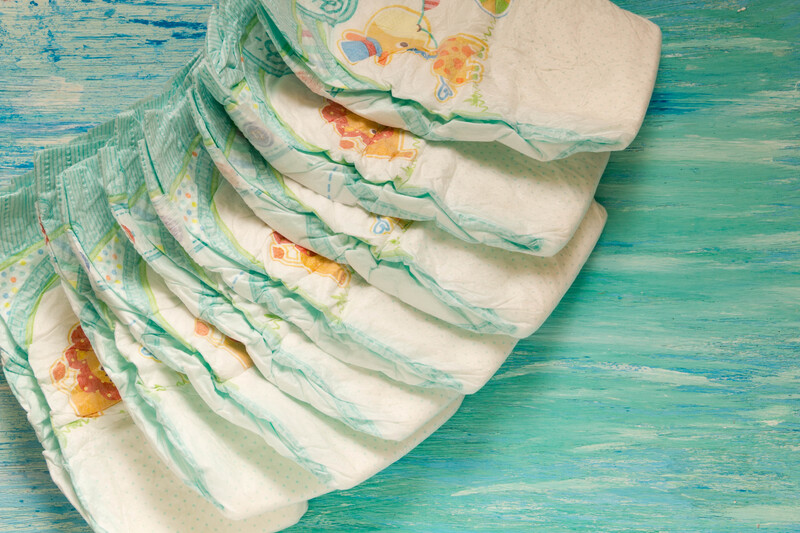
Frequently Asked Questions (FAQ) About Cardboard Disposal
What types of cardboard are recyclable?
Most corrugated cardboard (like shipping boxes) and clean, dry paperboard (such as cereal boxes) are widely accepted. However, wax-coated, heavily soiled, or lined cardboard (like frozen food packages) often cannot be recycled through municipal programs.
How should I prepare cardboard for recycling?
Remove non-paper materials (like plastic tape and shipping labels), flatten boxes, and ensure they are clean and dry. Greasy pizza boxes or containers soaked in oil should be composted or thrown out unless your area accepts them.
What happens to cardboard after it is recycled?
Recycled cardboard is pulped, cleaned, and made into new products like boxes, chipboard, drywall backing, or even paper towels! This closed-loop system significantly reduces environmental impact.
Can cardboard be composted?
Yes! As long as it's uncoated and free from heavy inks or adhesives, torn-up cardboard can enrich compost piles, improve soil aeration, and add carbon necessary for the composting process.
Are there eco-friendly alternatives to traditional cardboard packaging?
Absolutely. Sustainable packaging includes biodegradable plastics, reusable totes, molded pulp, and mushroom or plant-based materials. Many companies are exploring alternatives that reduce overall cardboard usage.
Conclusion: Our Responsibility for a Greener Tomorrow
Cardboard's journey doesn't end at your doorstep. By enhancing cardboard disposal methods--through responsible recycling, community participation, technological innovation, and waste reduction--we can collectively pave the way towards a greener, cleaner future. As consumers, businesses, and policymakers, our choices today will determine the prosperity of the generations to come.
Take the first step: break down your box, keep it clean, and recycle. Encourage those around you to do the same. With improved cardboard disposal practices, a sustainable future is well within reach.

 020 3795 6999
020 3795 6999 020 3795 6999
020 3795 6999




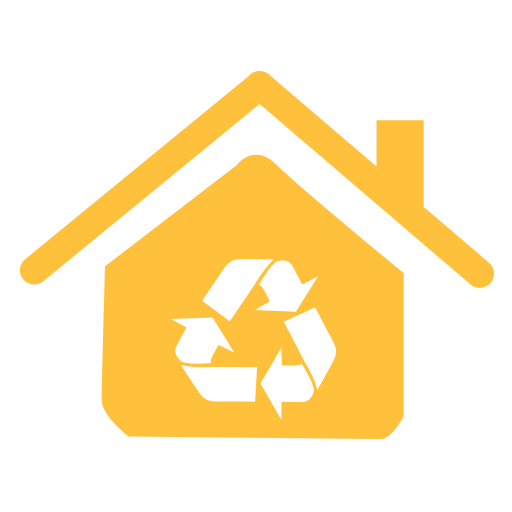 House clearance
House clearance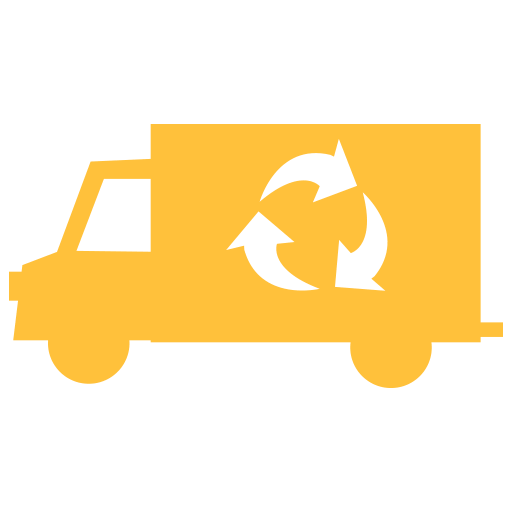 Rubbish collection
Rubbish collection Here at Rubbish Junk we give you the unique opportunity to keep your home free of clutter at prices that will constantly please you. Other domestic clearance companies in London might be...
Here at Rubbish Junk we give you the unique opportunity to keep your home free of clutter at prices that will constantly please you. Other domestic clearance companies in London might be...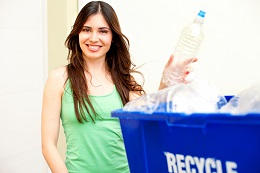 Rubbish Junk knows what to do to keep your home rubbish-free. When you are facing a situation that requires clearance services,...
Rubbish Junk knows what to do to keep your home rubbish-free. When you are facing a situation that requires clearance services,...



